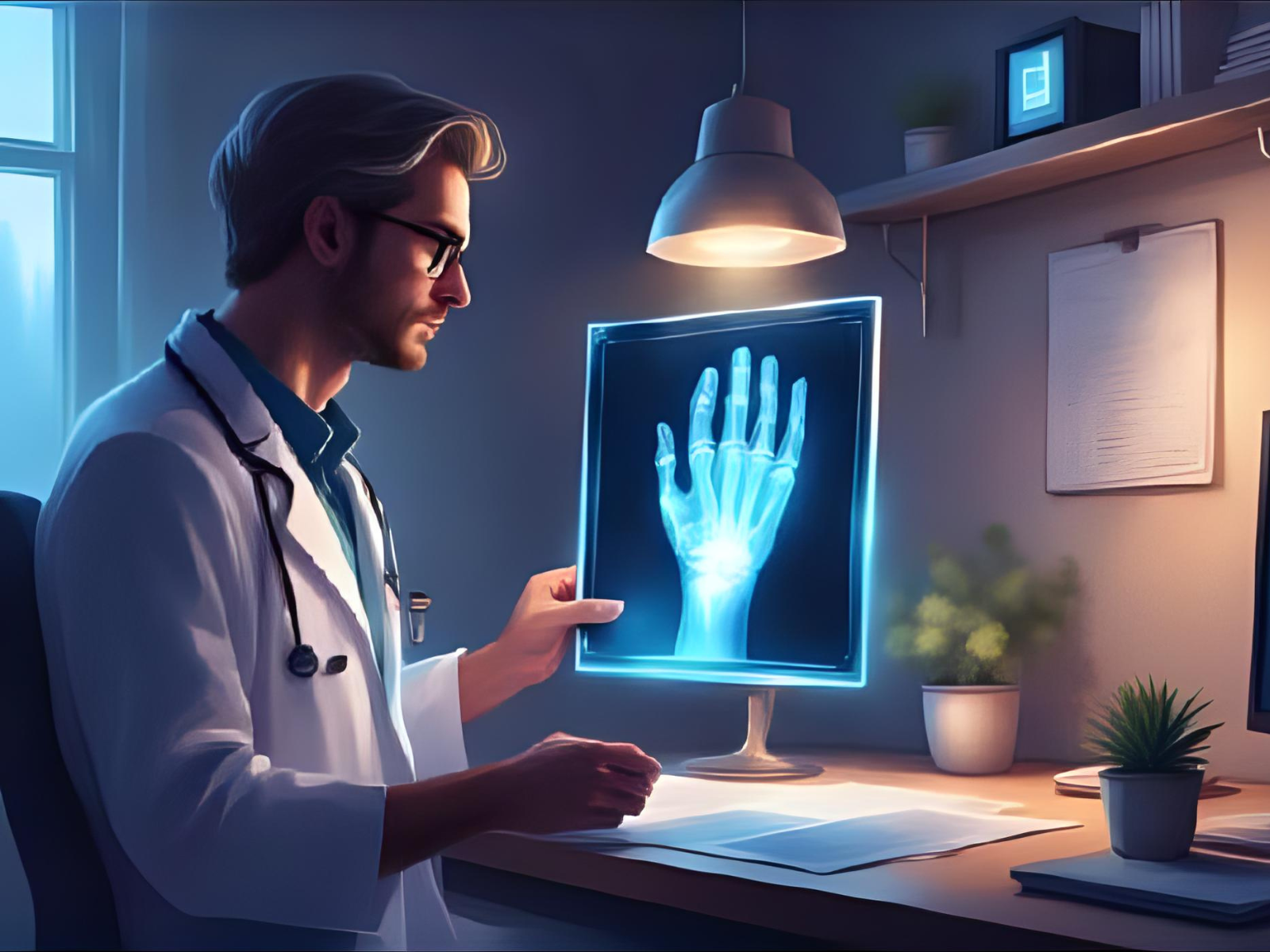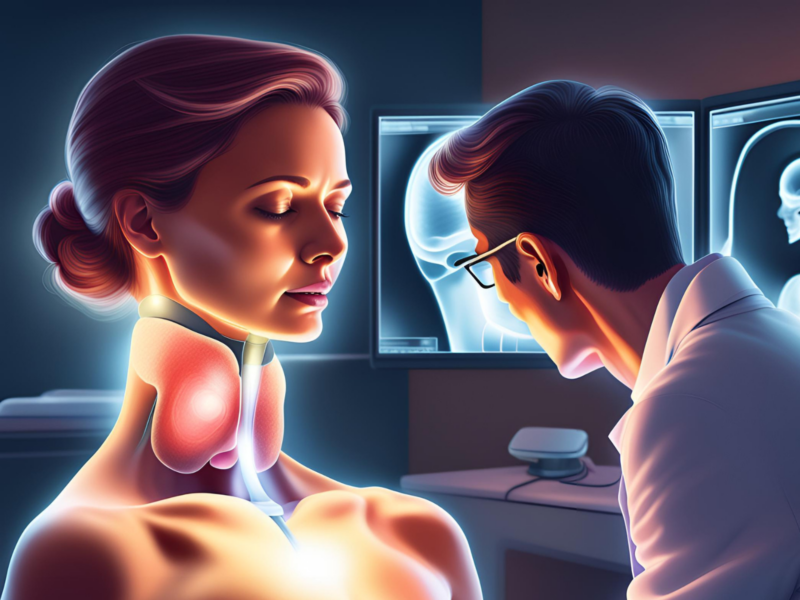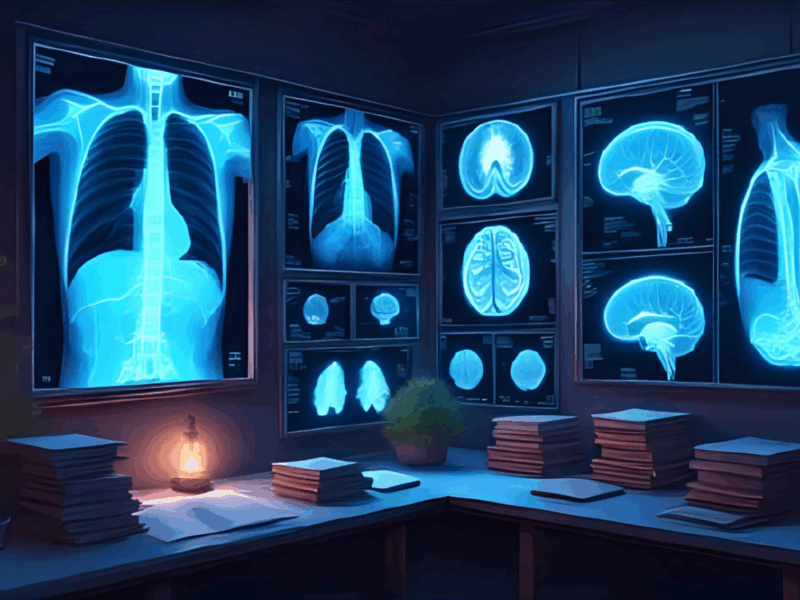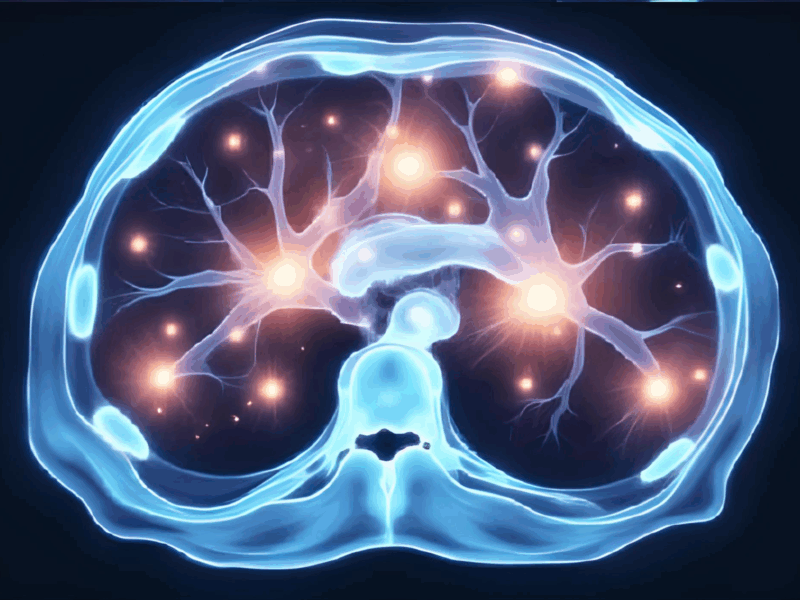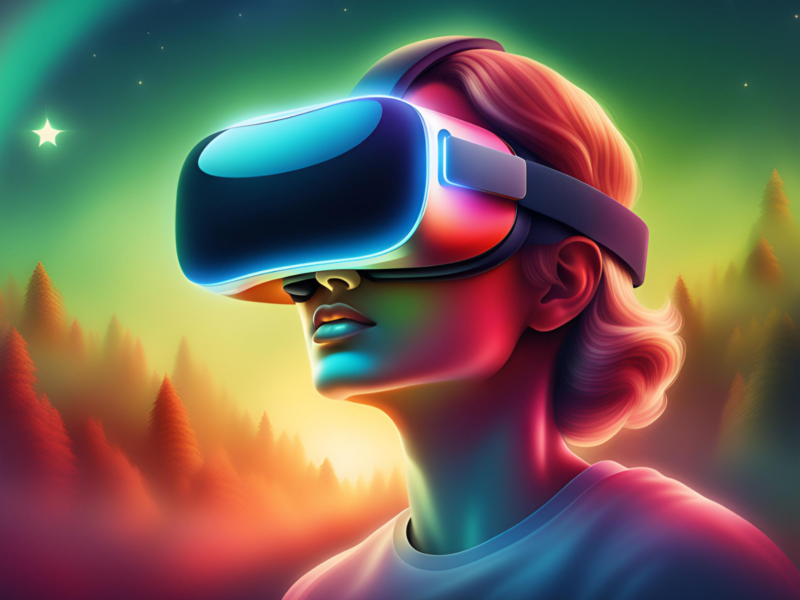How To Assess Bone Age Easily with Easy Bone Age Atlas App?
A radiologist’s journey from clinical frustration to creating the Easy Bone Age Atlas app that’s transforming pediatric radiology workflows worldwide.
As a practicing radiologist, I’ve lost count of the pediatric endocrinology consultations that began the same way: a phone call requesting bone age assessment, followed by the familiar scramble to locate physical reference atlases.
The Reality of Bone age Assessment in Radiology
- Flipping through atlases during busy consultation hours
- Inconsistent reference materials across different departments and hospitals
- Time-consuming manual comparison processes that interrupt workflow
- Limited access to comprehensive training resources for residents learning bone age interpretation
- Frustration with the gap between 21st-century imaging technology and 20th-century reference methods
“There had to be a better way,” I thought after yet another consultation where I found myself wishing for instant access to properly organized reference images.
Building the Solution: When Clinical Need Meets Technical Expertise
My position as both a practicing radiologist and developer gave me insights that traditional app developers lacked. I understood the clinical workflow, the pressure of accurate diagnosis, and the specific pain points that existing bone age assessment tools failed to address.
The development process was driven by real clinical needs rather than theoretical requirements. I started by analyzing exactly how I used the physical atlases in my daily practice. Which images did I reference most frequently? What information did I need at a glance? How could the digital interface improve upon the physical experience rather than simply replicate it?
The app needed to be comprehensive yet intuitive. I included the complete atlas with high-quality reference images for both male and female patients across all age ranges. The interface was designed for quick navigation, you can select gender and age range to immediately access the relevant reference images. Offline functionality was non-negotiable; clinical workflows can’t depend on internet connectivity.
One of the most important decisions was maintaining the integrity of the original assessment methods. The app doesn’t attempt to automate the assessment process or replace clinical judgment. Instead, it provides radiologists and other clinicians with the same reference standards they’ve always used, just in a more accessible format. The tool enhances efficiency without compromising accuracy or clinical decision-making.
Try Easy Bone Age Atlas Mobile App
Download our iPhone app for a better experience.
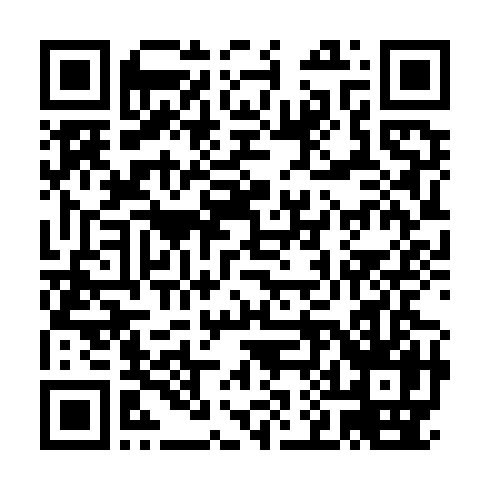
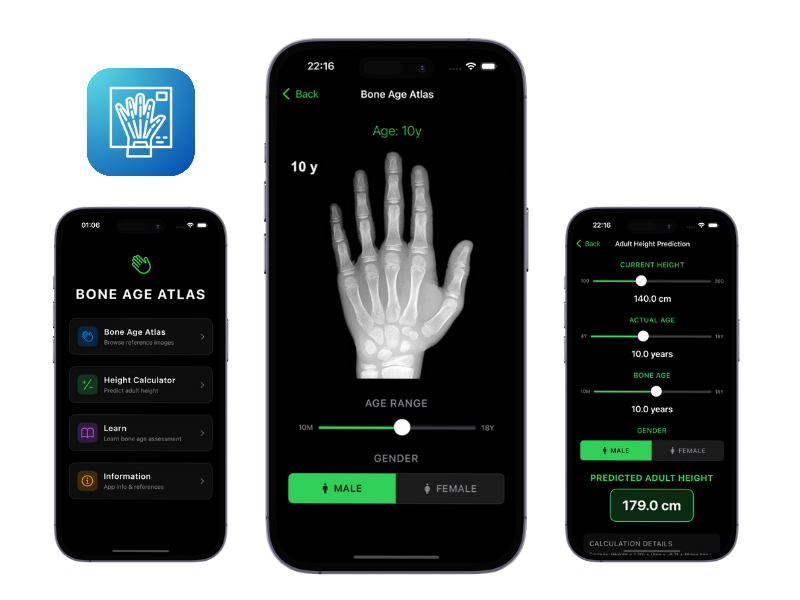
Conclusion
The Easy Bone Age Atlas exists because I solved my own problem first. As a practicing radiologist, I knew exactly what was missing from existing tools and what features would actually matter in daily clinical practice. The best medical tools are built by those who use them daily. When physicians lead development, the result is technology that truly serves clinical needs rather than creating additional complexity.
The app fundamentally changed how I approach bone age assessments. What once required several minutes of atlas hunting and page flipping now takes seconds. The consistency and accuracy of my assessments improved, and I could focus more on clinical interpretation rather than reference material management.
